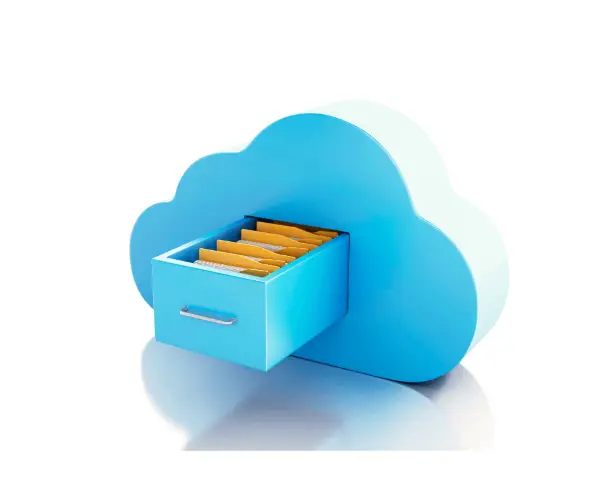Three Steps to Organized Digital Files

Many people store their documents on their desktop or in the “Documents” folder, but this is not a long-term solution. If this is you, you are not alone.
Storing your documents scattered across your desktop or in the “Documents” folder is similar to buying Rubbermaid containers to store miscellaneous items and leaving them unlabeled on a shelf in the basement. When we can’t see something, we tend to forget about it. But the moment we need to find it, we waste our time and energy searching haphazardly in each unlabeled container. It’s frustrating and inefficient.
To avoid this, you can easily organize your documents and store them in a more structured way. The following steps can be taken on your computer’s desktop, within the “Documents” folder, or you can use cloud storage like Google Drive, Microsoft SharePoint, or Dropbox. By keeping your documents organized, you can avoid the hassle and frustration of searching for them and experience an increase in productivity.
Here are the three steps I recommend to organize your digital files:
1. Categories for Organization. When setting up a new file structure, think about the different categories in which you would like to store your information. Then, make a separate folder for each category. For example, my main categories are:
Business: files related to running my business
Clients: all client-related files
Courses: personal and business-related courses and certifications
Personal: photos, family documents, etc.
Categorizing your files is more efficient than organizing them by date (as you might with paper files). This way, you will never have to remember “when” you saved a file, just the more obvious “what” category it belongs to.
2. Sub-Folders for Detail. Within each main category folder, I create sub-folders. So, for example, within my “Clients” folder, I have sub-folders by client name. Inside each of my client folders, I have more sub-folders (e.g., newsletter drafts, logos, templates, projects).
3. Choose Descriptive File Names. To simplify finding your documents, give your files descriptive names that accurately reflect their content. This helps you find what you need quickly and makes searching through your files easier.
It is estimated that the average American spends 55 minutes a day looking for things they can’t find. The most commonly lost physical items are keys, wallets, cell phones, umbrellas, and TV remotes. While I can’t help you locate misplaced physical things, following these simple filing tips will reduce the time you spend looking for digital documents.
Things That Bring Me Joy: Puzzles

I love puzzles! Whenever I work on one, I become completely absorbed in the process of finding the edge pieces, connecting pieces, and ultimately discovering the piece that connects to the rest of the puzzle, and so on until it is complete.
I especially enjoy working on puzzles with my family. Even when I’m working solo on a puzzle, I feel like they’re right there with me. I’ve completed many challenging puzzles. The most difficult one I’ve worked on recently is a puzzle created and gifted to me a couple of years ago, featuring our beloved Brody at the Beach. The “Age 9+” in the photo is misleading; it was a tough one!
Do you enjoy working on puzzles? If yes, what is the most challenging puzzle you’ve ever worked on? I’d love to hear from you.
